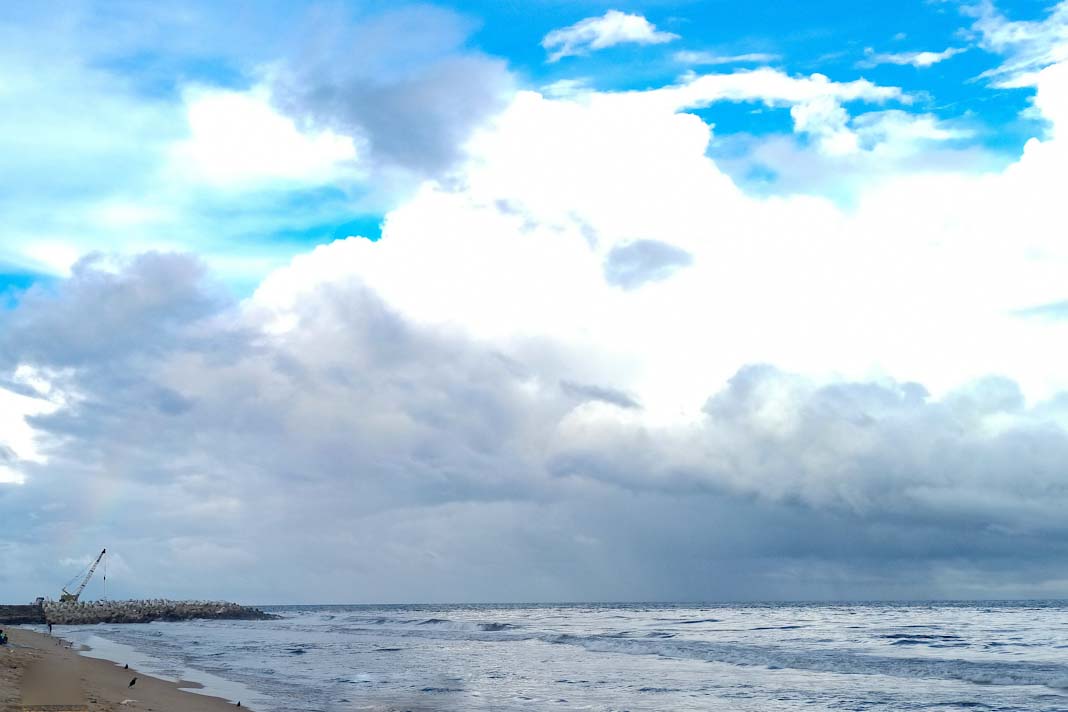The shipping industry is undergoing rapid changes marked by advanced technologies and evolving regulations.
Drawing insights from the 2023 Safety Review provided by Allianz Global Corporate & Specialty (AGCS), it elucidates the significant challenges faced by insurers, ship owners, operators, and regulators, says an article published on Kaikosystems website.
Soaring Costs In Commodity And Labor
Increased commodity and labour costs pose both financial and safety challenges for the industry. Mounting financial pressure leads to elevated operational risks due to delayed maintenance and the push for ships to operate beyond safe parameters.
Supply Chain Hiccups
Disruptions in the supply chain create a ripple effect, affecting logistics, timely deliveries, and safety protocols. These issues result in extended repair times, and increased costs, and lead to fatigue-related errors among crews.
Mega Ships And Their Challenges
Larger vessels, including mega-ships, bring unique challenges like limited port accessibility, increased fire risks, and amplified consequences in case of accidents. The increasing number of incidents, container losses, and challenges related to these mega-ships emphasize the risks they pose.
Fire And Hazardous Cargo
The prevalence of lithium-ion batteries and electric vehicles amplifies fire risks in global shipping. Safety protocols must adapt rapidly to deal with modern, volatile cargo, necessitating the investment in advanced fire suppression technologies and rigorous crew training.
Evolving Insurance Landscape
With shifting risks due to larger ships, hazardous cargo, decarbonization, and new regulations, insurers are rethinking their industry exposure.
The Green Shift Challenges
Decarbonization efforts introduce new risks related to unstable fuels and energy storage systems, emphasizing the need for research and training in handling these technologies.
Data Analytics And AI
Predictive analytics and AI play a crucial role in proactive risk management, analyzing data to forecast potential hazards and allowing for preventive action.
Cybersecurity Challenges
The increased use of digital technologies and AI on ships poses the risk of cyber-attacks, necessitating comprehensive cybersecurity measures to safeguard navigation and safety systems.
Regulatory Rigor
Stringent regulations focusing on emission levels and worker safety, such as SOLAS and MARPOL, demand proactive compliance to avoid legal penalties.
The Human Element
Human error remains a significant factor in shipping incidents, emphasizing the need for ongoing, adaptive training focusing not just on technical skills but also on stress management and decision-making under increasing regulatory pressure
Conclusion
The shipping industry faces multifaceted challenges, from economic pressures to technological advancements. Safety measures, therefore, need to evolve to counter these challenges.
Integrated platforms like Kaiko Systems provide a solution by minimizing human error, enhancing compliance with industry standards, and facilitating remote access to real-time data, ultimately fostering a more resilient, efficient, and safer maritime ecosystem.
Did you subscribe to our daily newsletter?
It’s Free! Click here to Subscribe!
Source: kaikosystems



















